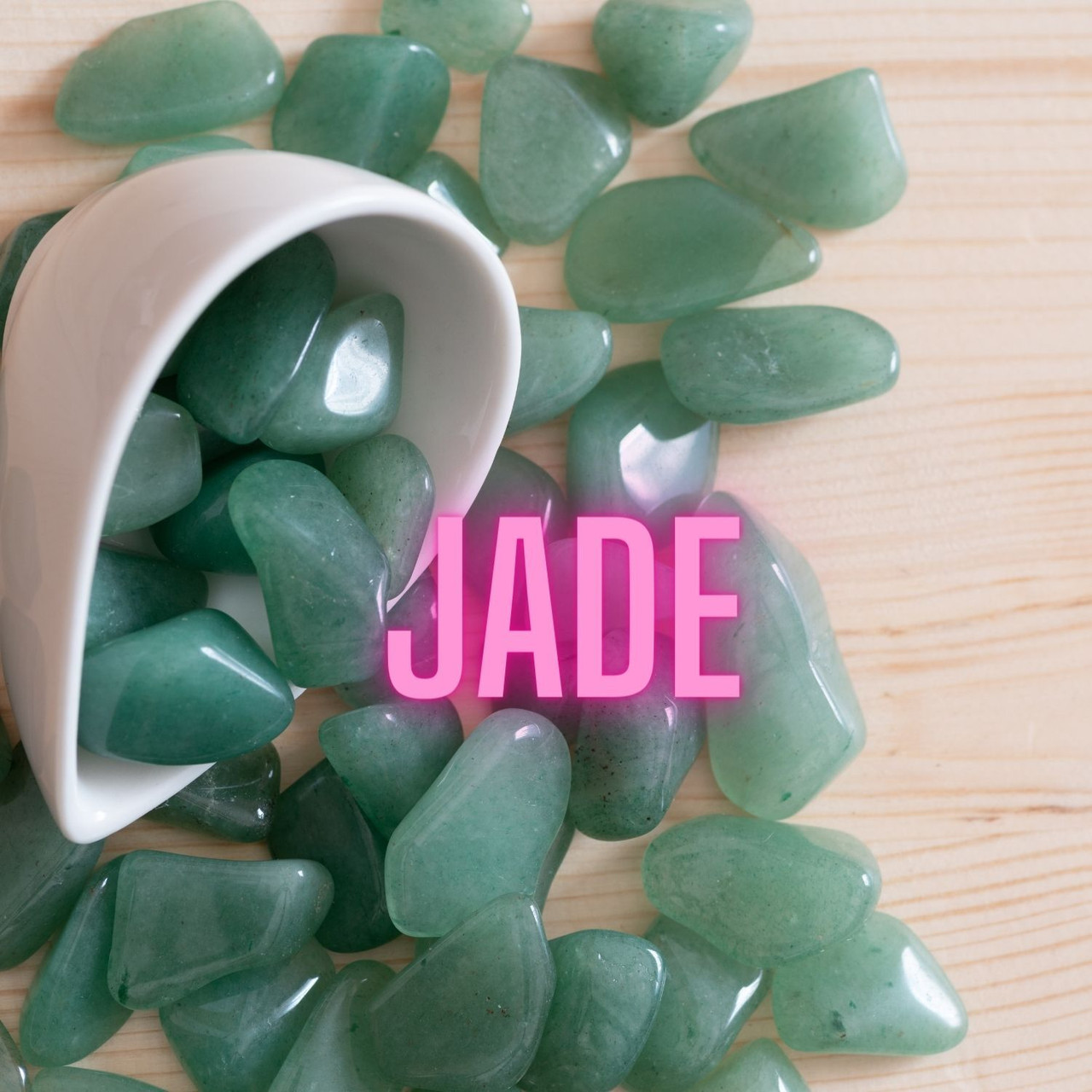Jade
Jade is a gemstone known for its vibrant green colors, though it can also appear in shades of white, gray, black, yellow, and orange. Here are some key points about jade:
1. **Composition:** Jade is actually two different minerals: nephrite and jadeite. Nephrite is a calcium magnesium silicate, while jadeite is a sodium aluminum silicate. Both minerals are exceptionally tough and highly valued for carving and jewelry.
2. **Color and Appearance:** Green is the most common color of jade, ranging from pale to deep emerald hues. However, jade can also be found in other colors like white, gray, black, yellow, and orange. The color variations are due to different mineral compositions and trace elements.
3. **Sources:** Jade is primarily found in regions such as Myanmar (Burma), China, Guatemala, Russia, and Canada. Each source can produce different qualities and colors of jade.
4. **Uses:**
- **Jewelry:** Jade has been used for thousands of years in jewelry and ornamental objects. It is often carved into beads, pendants, bracelets, and rings.
- **Cultural Significance:** Jade holds significant cultural and spiritual importance in many societies, particularly in East Asia where it is associated with longevity, prosperity, and wisdom.
- **Metaphysical Properties:** Jade is believed to have healing properties and is used in various spiritual practices to promote balance, harmony, and protection.
5. **Care:** Jade is relatively tough with a hardness of around 6.5 to 7 on the Mohs scale. It should be protected from scratches and impacts, and can be cleaned with mild soap and water.
Overall, jade is cherished for its beauty, durability, and cultural significance across different civilizations, making it a highly prized gemstone in both jewelry and spiritual practices.
There are no products listed under this category.

